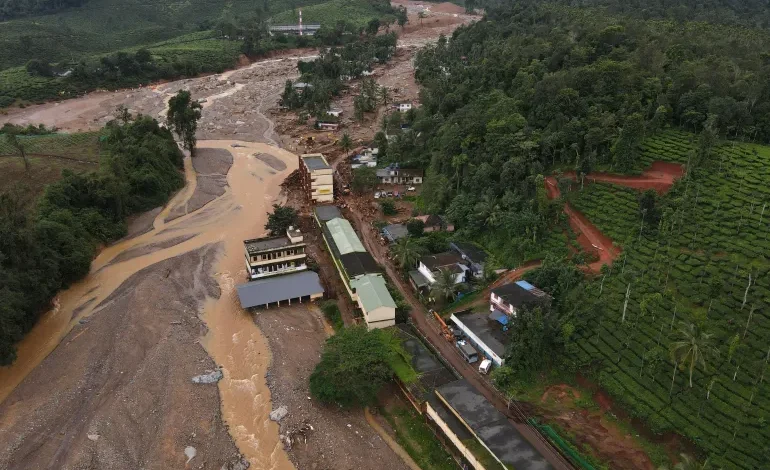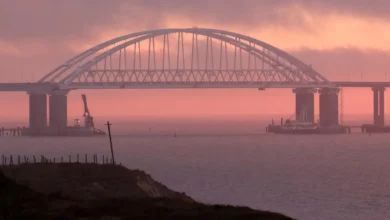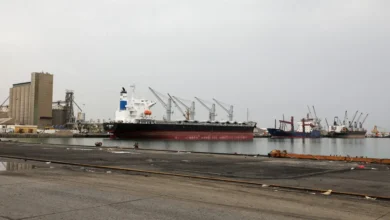Kerala landslides death toll hits 151, many missing as rain hampers rescue

Hundreds of rescue workers are searching through mud and debris from multiple landslides that have killed at least 151 people in southern India’s Kerala state, police said.
Officials on Wednesday said nearly 1,000 people have been rescued and 187 are still missing after landslides, caused by relentless monsoon rains, hit the hills of Wayanad district early Tuesday morning.
“The landslides happened at the top and then affected the lower valley areas where people were staying. Focus right now is to search the entire uphill area for stranded people and recover as many bodies [as possible],” MR Ajith Kumar, a state law and order official, told the Reuters news agency.
More than a dozen bodies were found overnight, said police officer Aijaz, who uses one name, as over 300 rescuers worked to pull out people stuck under mud and debris, but their efforts were hampered by extremely heavy rainfall, blocked roads and unstable terrain.
Nearly 350 of the 400 registered houses in the affected region have been damaged, Kerala’s Asianet TV channel reported, citing district officials.
Local media reported that most of the victims were tea estate workers. Television footage showed rescue workers making their way through mud and uprooted trees to reach those who had been stranded.
Vehicles swept off the roads were seen stuck in a swollen river. Local TV news channels also aired phone calls of stranded people asking for help.
After a day of hampered rescue operations, the weather department expects some respite on Wednesday, although the area is likely to receive rain through the day.
At least 572mm (22.5 inches) of rain fell in the two days leading up to the landslide, Kerala Chief Minister Pinarayi Vijayan said in a statement.
Several areas, including Meppadi, Mundakkai and Chooralmala, were isolated, and roads were washed away causing immense damage to homes, said Vijayan in a statement released by his office.
“Efforts to locate missing persons continue with all available resources,” the statement said, adding that more than 3,000 people have been moved to relief camps and the government is ensuring the delivery of food and essential items there.
In a post on social media platform X on Tuesday night, Indian opposition leader Rahul Gandhi, who until recently represented Wayanad in Parliament, said he had been unable to visit the disaster area.
“Due to incessant rains and adverse weather conditions we have been informed by authorities that we will not be able to land,” he said. “Our thoughts are with the people of Wayanad at this difficult time.”
Prime Minister Narendra Modi on Tuesday said he was “distressed by the landslides” and announced a compensation of 200,000 rupees ($2,388) to the victims’ families.
Monsoon rains across South Asia from June to September offer respite from the summer heat and are crucial to replenishing water supplies. They are vital for agriculture and therefore the livelihoods of millions of farmers and food security for the region’s two billion people.
But they also bring destruction in the form of landslides and floods. The number of fatal floods and landslides has increased in recent years, and experts say climate change is exacerbating the problem.
“Events like landslides, they are part of these climate change-triggered heavy rainfall disasters,” Kartiki Negi of Indian environment think tank Climate Trends told the AFP news agency.
“India will continue to see more and more of these kinds of impacts in the future,” she added.
Damming, deforestation and development projects in India have also exacerbated the human toll.
Intense monsoon storms battered India this month, flooding parts of the financial capital Mumbai, while lightning in the eastern state of Bihar killed at least 10 people.
Nearly 500 people were killed around Kerala in 2018 during the worst flooding to hit the state in almost a century.










